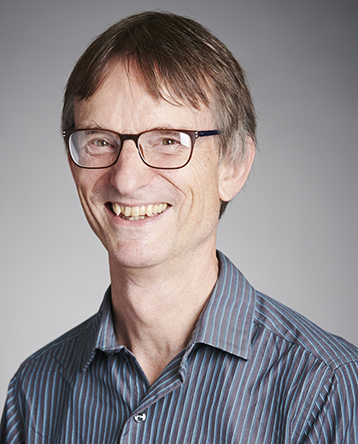Anthony Rollett has been a member of the faculty at Carnegie Mellon University since 1995, including five years as department head. He is the PI and co-director of the Institute for Model-Based Qualification & Certification of Additive Manufacturing (IMQCAM), which is a NASA-supported Science Technology & Research Institute. He is also the co-director of the Next Manufacturing Center on additive manufacturing.
Previously, he worked at the Los Alamos National Laboratory. There, he was group leader of metallurgy from 1991-1994 and deputy division director of materials science and technology for a year after that.
He has been a Fellow of ASM since 1996, Fellow of the Institute of Physics (UK) since 2004 and Fellow of TMS since 2011. He received the Cyril Stanley Smith Award from TMS in 2014, was elected as Member of Honor by the French Metallurgical Society in 2015, and became the US Steel Professor of Metallurgical Engineering and Materials Science in 2017. He received Cyril Stanley Smith Award from the International Conference on Recrystallization and Grain Growth in 2019 and also the International Francqui Professor for 2020-2021, from the Francqui Foundation, Belgium. In 2023, he received the International Freeform and Additive Manufacturing Excellence (FAME) Award at the International Solid Freeform Fabrication Symposium.
His research group is supported by industry, several federal research agencies, and the Commonwealth of Pennsylvania. He is a member of the Basic Energy Science Advisory Committee and the Defense Programs Advisory Committee under the Department of Energy. His lecture notes on texture and anisotropy are widely known and used, and he started a new course on additive manufacturing and materials in 2016. He started a new master’s program in additive manufacturing in the fall of 2018.
Rollett’s research focuses on microstructural evolution and microstructure-property relationships in 3D, using both experiments and simulations. Interests include 3D printing of metals, materials for energy conversion systems, strength of materials, constitutive relations, microstructure, texture, anisotropy, grain growth, recrystallization, formability, and stereology. Relevant techniques include high-performance spectral methods in micro-mechanics, dynamic x-ray radiography (DXR) and high-energy diffraction microscopy (HEDM). Important recent results include definition of process windows in 3D printing through characterization of porosity, 3D comparisons of experiment and simulation for plastic deformation in metals, the appearance of new grains during grain growth, and grain size stabilization. He has 320 peer-reviewed journal publications with an h-index of more than 80.

